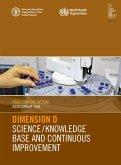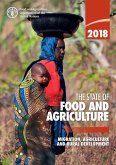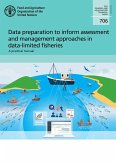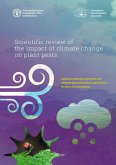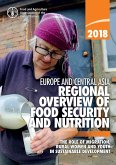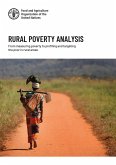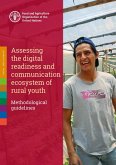In particular, there is little comparative, multi-country and multi-region evidence to understand how exposure to weather shocks and climate change affects the drivers of rural transformation and adaptive actions across different segments of rural societies and in different agro-ecological contexts. This evidence is essential because, while climate risk and adaptive actions are context specific and require local solutions, global evidence is important for identifying shared vulnerabilities and priority actions for scaling up effective responses. This report assembles an impressive set of data from 24 low- and middle-income countries in five world regions to measure the effects of climate change on rural women, youths and people living in poverty. It analyses socioeconomic data collected from 109 341 rural households (representing over 950 million rural people) in these 24 countries. These data are combined in both space and time with 70 years of georeferenced data on daily precipitation and temperatures. The data enable us to disentangle how different types of climate stressors affect people's on-farm, off-farm and total incomes, labour allocations and adaptive actions, depending on their wealth, gender and age characteristics.
Dieser Download kann aus rechtlichen Gründen nur mit Rechnungsadresse in A, B, CY, CZ, D, DK, EW, E, FIN, F, GR, H, IRL, I, LT, L, LR, M, NL, PL, P, R, S, SLO, SK ausgeliefert werden.



